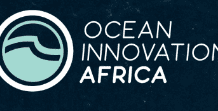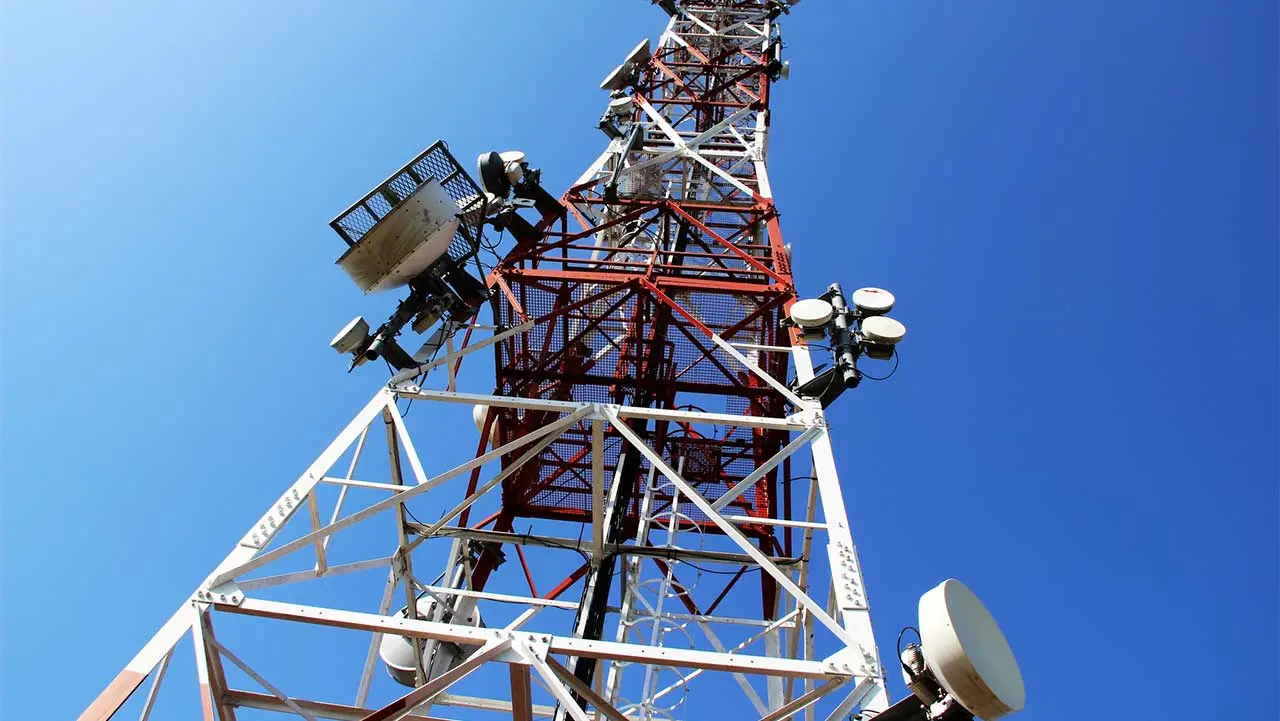Nokia is expanding its ViTrust portfolio of end-to-end solutions for critical communications with the introduction of a new Ultra Compact Network – the LTE network that can be deployed in places where network connectivity has been lost – and the launch of the Integrated Operations Center, a solution which aggregates data streams used by emergency services in the field.
These additions to Nokia’s ViTrust critical communications portfolio will enable government and local mission-critical agencies to quickly establish and maintain communications using new high-bandwidth push-to-video and other data and voice services in emergency situations. This will allow first responders and command center teams to enhance situational awareness, streamline operations and save crucial time in their mission to save lives.
The new Ultra Compact Network hosts Nokia Group Communications application services including push-to-video, and can also host customer-specific applications such as video analytics and geolocalization. The portable LTE-based Ultra Compact Network incorporates carrier-grade Nokia Flexi Zone small cell radio and integrated core technology. A network serving up to 400 users can be set up in minutes, even in the most extreme conditions where there is no existing coverage or coverage has been lost. An easy-to use, integrated graphical user interface simplifies set-up and configuration, and enables standalone operations with no need for an additional laptop. Nokia will make the Ultra Compact Network available in different versions, including a backpack-based portable model, vehicle-mounted and rack-mounted fixed installation versions, so it can be deployed to meet the needs of a variety of situations.
The Nokia Integrated Operations Center (IOC) will allow critical communications agencies to transform operations at the command center. The service quickly and easily aggregates data feeds from a multitude of sources and vendors’ systems in an emergency situation, including high-bandwidth video, data from first responders, information sourced from alarm systems, CCTV, legacy application data and even social media. Pre-integrated tools analyze the feeds and alert teams to need-to-know information, triggering automated workflows defined by the agency and Nokia experts. Customized dashboards present this information in the most appropriate way to help reduce response time and enhance cooperation between multiple agencies.
In one potential scenario, backhaul connectivity can be established linking the Nokia Ultra Compact Network to the Integrated Operations Center. This will enable first responder teams in remote regions to connect to a command center and dynamically share their data feeds to enhance decision-making.
Emil Olbrich, Vice President, Signals Research Group, said: “The business and mission critical communications market is a very interesting area with significant growth potential. With the first standards compliant mission critical push to talk system that includes applications, device and infrastructure, Nokia has set themselves ahead of everyone. Whether it is a smart city initiative or public safety the key strength for Nokia is the ability to provide a holistic approach with an end-to-end portfolio that includes network technologies, industry-specific devices, applications and services. The breadth of this portfolio combined with years of expertise gained from working with commercial operators places Nokia in a great position to support critical communications customers as they enter the era of broadband services.”
Thorsten Robrecht, head of the Advanced Mobile Solutions business unit within Nokia said: “With the Ultra Compact Network we have placed considerable focus on what the end-user needs. We have combined an industry-specific design with our strong expertise in radio and core technology, including our Flexi Zone family, for a wide range of frequency bands. This flexibility continues at the command center where the Integrated Operations Center combines multiple application and system data, analytics and visualization to enhance situation management for public safety agencies.”















































